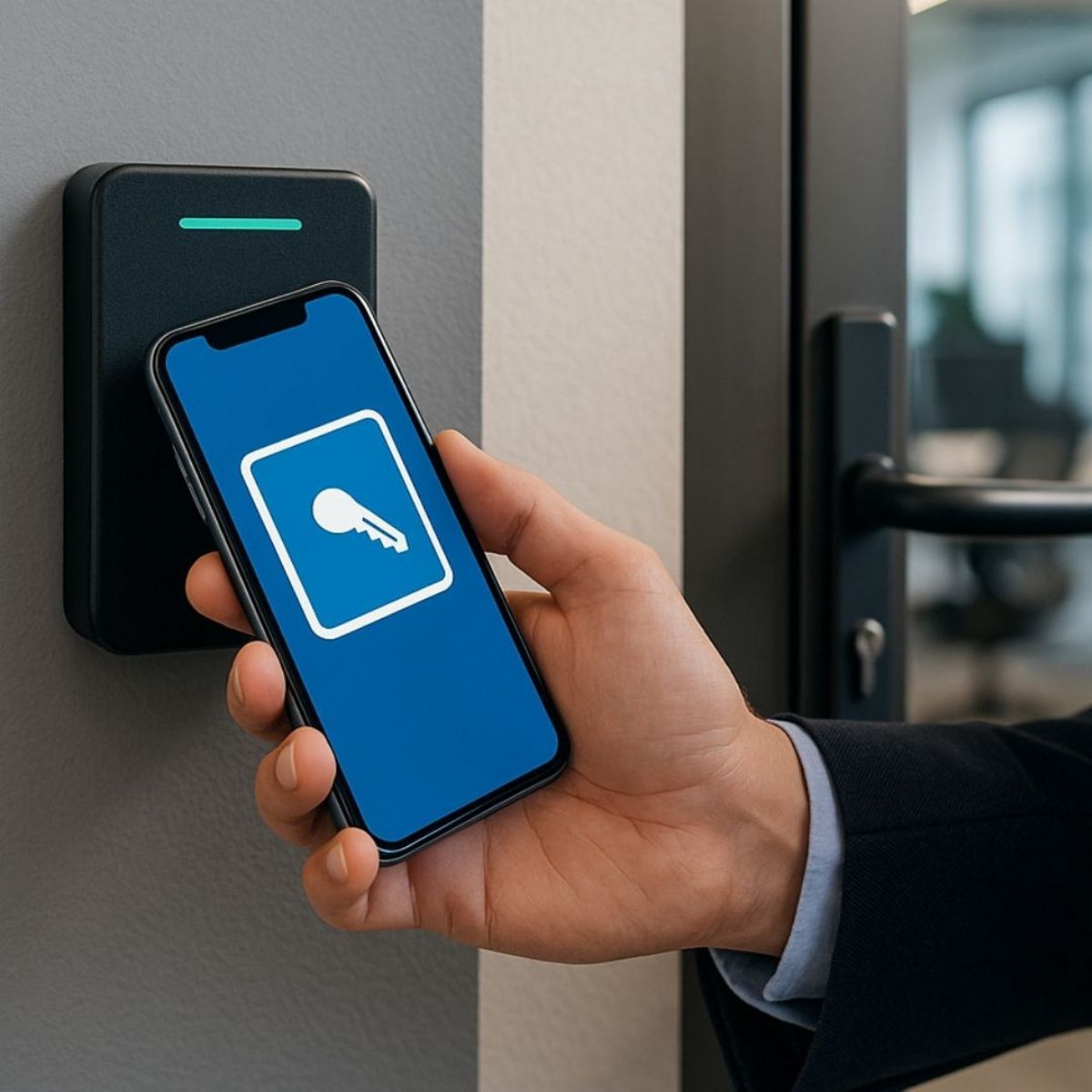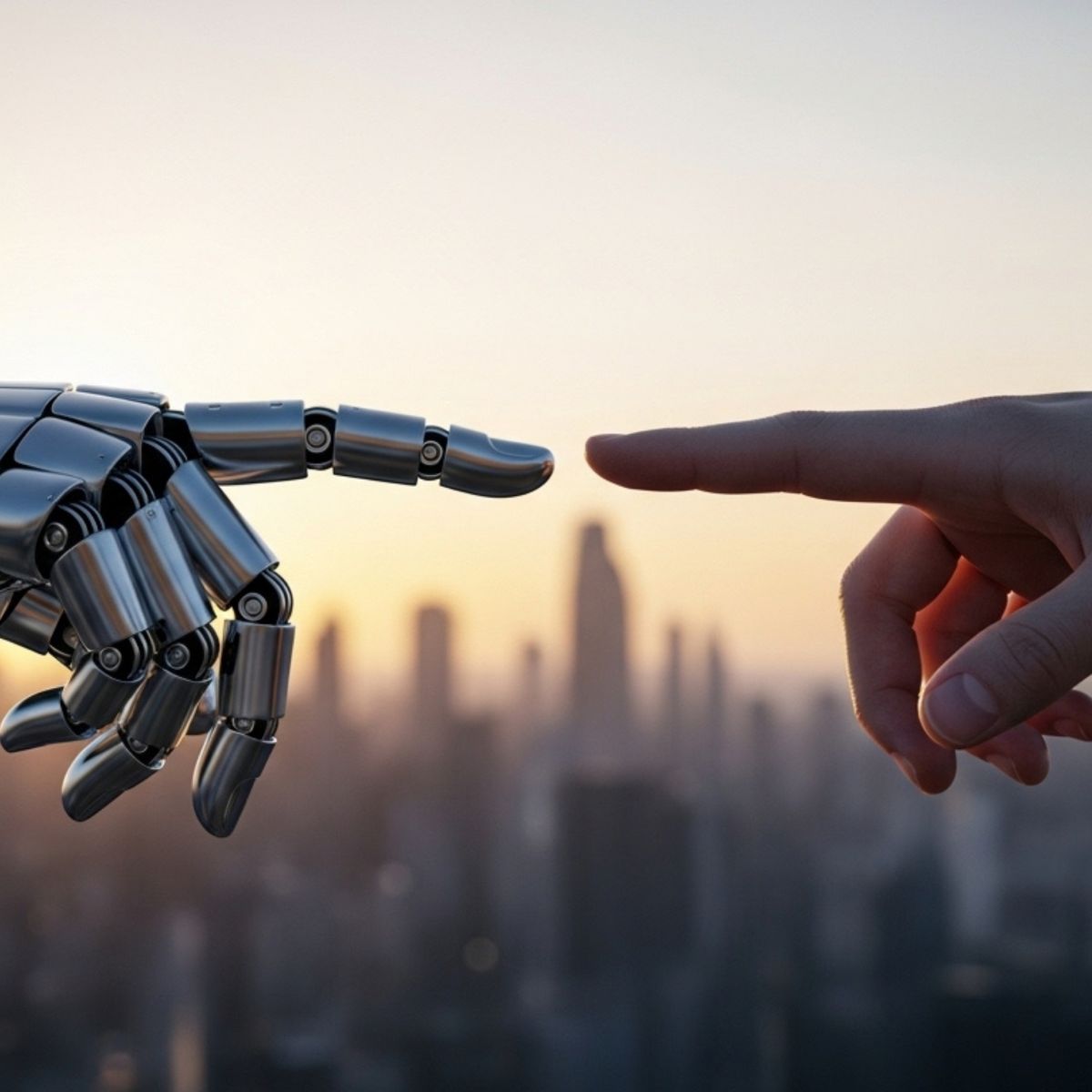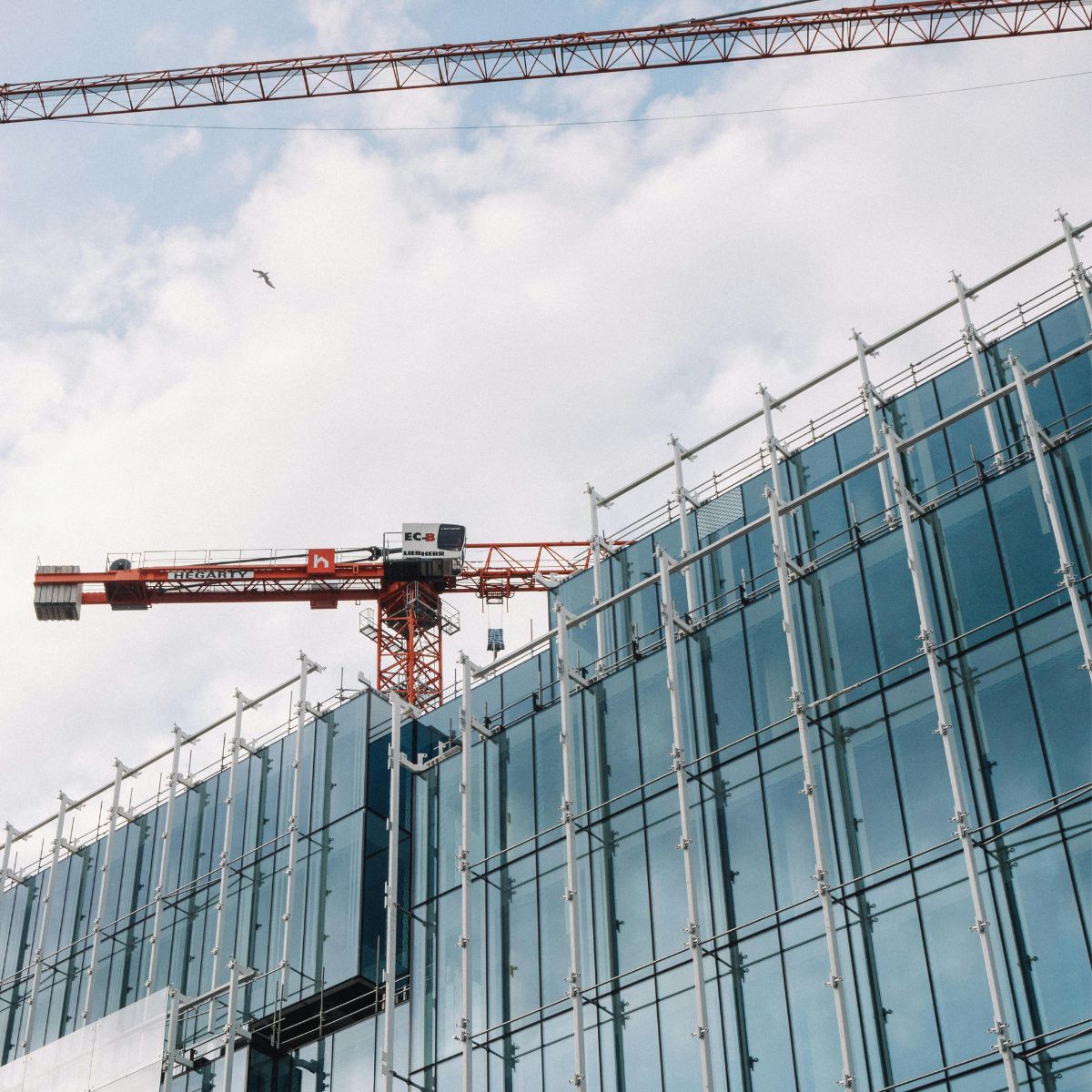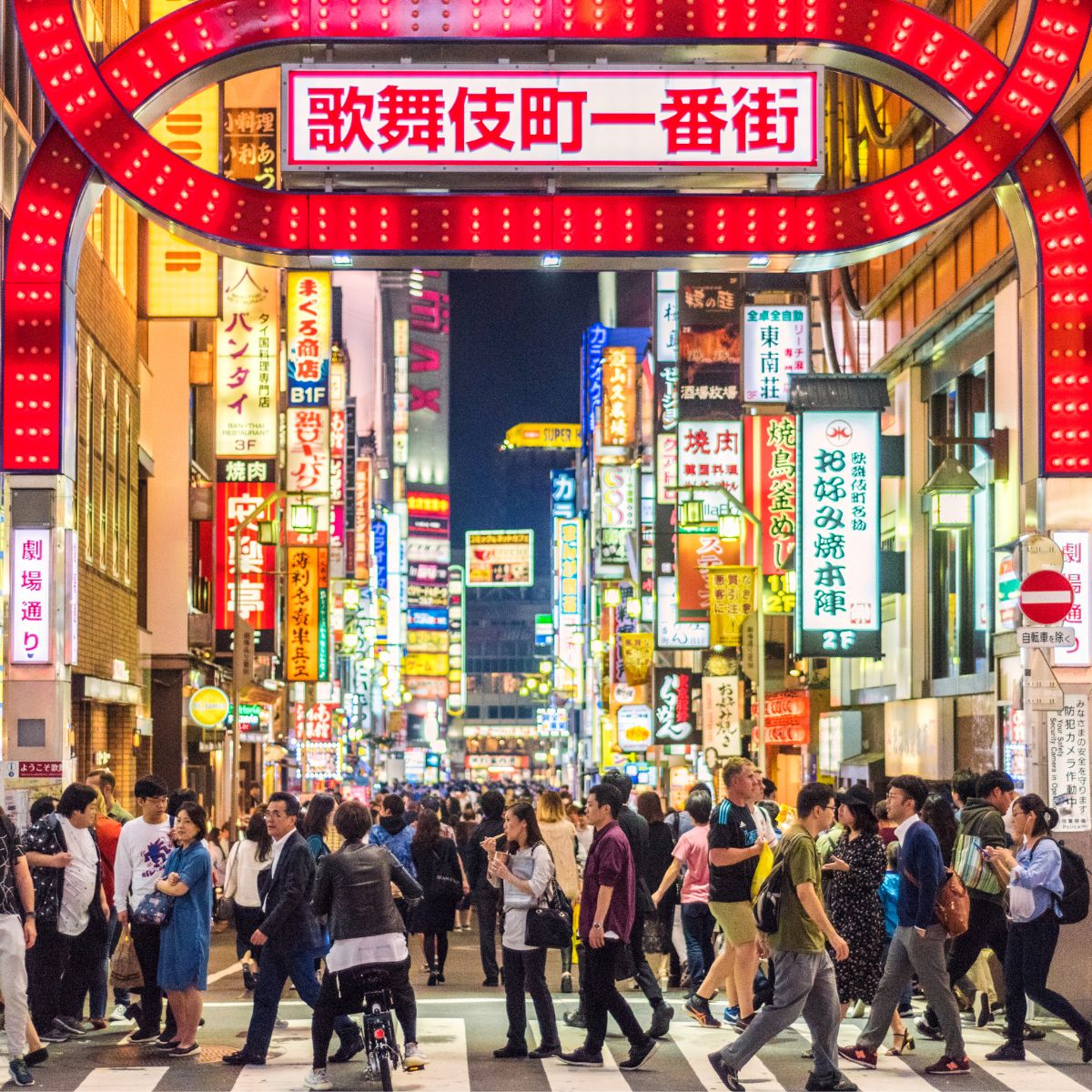Reading time: 5 minutes
Digitalisation and automation offer an effective way to address these challenges, both in the planning and construction phase of cleanrooms, as well as during later revisions. Whereas traditional cleanrooms have so far relied largely on static control loops and manual interventions, intelligently networked systems—thanks to sensors, data analysis and automation—enable predictive and dynamic control of operational and environmental conditions. When implemented optimally, this leads to increased process safety, enhanced energy efficiency and consistently transparent operational management.
Interconnectivity and Intelligent Networking
Interconnectivity refers to the intelligent networking of all relevant systems and components within a cleanroom. At the heart of this is the integration of sensors, actuators and control technology via IoT platforms, which enable real-time communication. Typical communication protocols such as BACnet, Modbus or OPC UA ensure the interoperability of different manufacturers and systems. This means that data on air quality, temperature, particle concentration or energy consumption can be centrally collected, analysed and used for automated decision-making.
Benefits include not only improved process safety but also faster fault detection, the possibility of remote maintenance and monitoring, and a significantly improved response time in the event of disturbances. For example, predictive maintenance enables potential failures to be identified early and maintenance work to be planned efficiently, increasing system availability and reducing costs.
Building Automation: Systems, Components and Practical Examples
Building automation forms the backbone of modern building technology, including cleanroom technology, and comprises the central control and monitoring of climate, ventilation, lighting and access systems. In addition to classic PLC (Programmable Logic Controller) solutions, increasingly intelligent automation systems based on AI algorithms and machine learning are being used.
A practical example is the adaptive control of air conditioning based on real-time data concerning the number of people and production load. In a pharmaceutical cleanroom, for instance, the air exchange rate can be dynamically adjusted to actual demand: during peak production periods, the system operates at full capacity, while during lower utilisation, ventilation intensity is automatically reduced. This results in significant energy savings without compromising air quality.
Integrating access control systems into building automation also increases security: access rights can be flexibly assigned and logged. In the event of contamination, access to certain areas can be immediately restricted.
Adaptive Control of Ventilation Technology
Ventilation technology is the heart of any cleanroom, as it ensures the required air purity and controlled overpressure. To realise savings opportunities, as described at the outset, it is necessary to network sensors, actuators and control technology via IoT platforms to enable real-time communication. This allows information such as air quality, temperature, particle concentration or energy consumption to be centrally recorded, analysed and then used for automated decisions.
If successfully integrated into an automated process, modern systems with adaptive controls can take into account not only current environmental conditions but also production cycles and machine occupancy. Through interfaces, ventilation systems then communicate directly with production machines. The flexible adjustment of air volumes—as used in variable air volume systems or room-specific controls—enables precise coordination of air supply with actual contamination risk and current room requirements. For example, if a production process with high particle emission is started, the system automatically increases the air exchange rate and activates additional HEPA filter stages. Another example is the use of Demand Controlled Ventilation (DCV), where ventilation output is continuously adjusted to the measured particle concentration.
Differentiated control of cleanliness zones within a cleanroom is also an option. By specifically establishing pressure cascades and precisely directing supply and exhaust airflows, individual areas can be separated from each other. Automated systems continuously measure and regulate differential pressures, adjust air supply briefly when doors are opened, and then return it to the necessary level. Thus, ventilation is always demand-driven, which allows for further energy savings.
Compared to conventional systems with constant airflows, even outside active operating hours, air circulation can be significantly reduced. This enables energy-optimised operation in night or weekend mode and leads to a reduction in ventilation energy consumption by up to 30 to 50 per cent.
Sensors as IoT Devices
The integration of numerous sensor components to monitor particle concentrations, temperature, humidity or CO₂ content ensures permanent control of air quality. Automatic adjustment of ventilation technology via the building management system is just one aspect of what is possible with intelligent systems. Another application is the detection of potential deviations caused by filter blockages. These are identified early, which not only minimises energy requirements but also reduces maintenance effort and increases the lifetime of components.
In addition, measures such as the use of heat recovery systems and energy-efficient components make a significant contribution to reducing overall energy demand. Plate and rotary heat exchangers utilise exhaust air energy to preheat supply air, while highly efficient EC fans and optimised filter change intervals further improve operation. Overall, these technologies enable savings of up to 70 per cent of the heat energy for supply air provision.
Replanning and Digital Twins: Planning, Simulation and Flexibility
As explained at the beginning, digitalisation and automation are recommended both during the construction of cleanrooms and for their redesign. The planning and modification of cleanroom facilities can benefit significantly from digital twins. Their use in Smart City and Smart Building applications generally makes it possible to digitally map, monitor and optimise complex buildings and their technical systems. A digital twin in the cleanroom serves as a virtual model of the actual facility and displays all important parameters and processes in real time. In the planning phase, different scenarios can thus be played out and their effects on operations and energy consumption simulated.
This enables predictive maintenance, rapid adjustments for process changes and flexible expansion of the facility. Digital twins also support the validation of modifications and compliance with regulatory requirements, by providing detailed evidence and documentation.
Process Safety, Transparency and Documentation
Continuous recording and analysis of key parameters such as particle concentration, temperature, humidity and differential pressure allow immediate detection of deviations in cleanroom operation. Intelligent algorithms and AI-supported evaluations identify patterns and predict potential disruptions, enabling timely countermeasures to be initiated. This significantly helps to minimise quality fluctuations and increase process stability, while reduced manual intervention lowers the risk of microbial and particulate contamination. In addition, modern monitoring and data management systems ensure comprehensive documentation of all operational and environmental data. Central dashboards provide precise tracking in accordance with GMP and ISO requirements, while automated audit trails and integrated alarm systems support regulatory compliance and greatly facilitate validation processes.
The Future of Networked Cleanroom Technology
The future of cleanroom technology is inextricably linked to the intelligent networking of all systems. Interconnectivity, building automation, innovative ventilation technology, energy-efficient solutions and digital twins are the keys to meeting the increasing demands for cleanliness, efficiency and sustainability. Companies that implement these developments at an early stage not only secure competitive advantages but also contribute to resource-efficient and future-proof production. The continuous development of standards, the integration of new technologies such as artificial intelligence, and the close interplay with production equipment will continue to transform cleanroom technology in the coming years.











